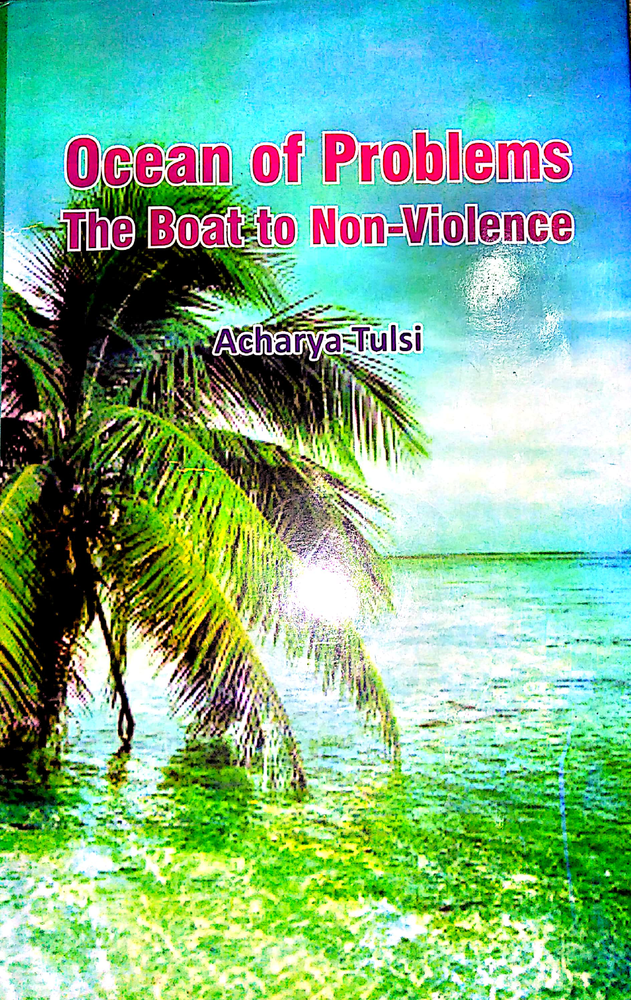In Jain Agam texts there are five levels of being depicted— Dharmastikaya, Adharmastikaya, Akashastikaya, Pudgalistikaya and Jeevastikaya. Dharmastikaya Adharmastikaya and Akashastikaya are invisible, they cannot be perceived by eyes. Pudgalistikaya is visible. Living creatures have two kinds—free and mundane. Free creatures are invisible. A mundane creature for being embodied is visible. Despite being visible earth, water and such other non-mobile creatures are being suspected of carrying life.
Earth, water and so on are also living creatures, were not approved by all. Could they also carry life‘? This kind of doubt would often arise. The words uttered by the ancient sages some two thousand five’ hundred years ago have not been believed. The miracle of science is that it has proved their words of wisdom true. It has proved that earth, water and so on is also living creatures. It is equally surprising and disappointing that since science has proved it that’s why people have started believing in those words of wisdom otherwise people had no faith over such words of sages.
A saint never commits an act of violence. He always refrains from violence. But a family person cannot possibly save himself from violence. In Manusmriti it has been said—
पत्र्च सूना ग्रुहस्थस्य चुल्ली पेषण्युपस्करी |
कण्डनी उदकुम्भश्च वध्यन्ते यास्तु वाहयन् ||
In the house of a family person there are five places of violence- cooking fire place, revolving grinder, broom, grinder used for crushing flour and water container.
A saint renounces his house so he gets free of cooking fire place, grinder and so on easily. He sustains his life by begging. What a family person cooks, according to fixed rule whatever he gets from that he accepts and thrives on that. A family person gets involved in trade, earns money, gets married, produces children and looks after them. It is difficult for him to leave cooking fire place, grinder and such other places of violence, so he must save himself from violence caused unnecessarily and use conscience to lead life. This is all that is expected of him.
To run a family violence caused is a sin and in performing religious rituals violence caused is not a sin. There is no such demarcation in the principle of non-violence. Violence is a sin and non-violence is religious—-this factor has been proved by Agam. Even then some people consider violence as mixed religion. This way religion tums pervert. To mix violence and non-violence would be like mixing tobacco and ‘ghee. The mixture of ghee and tobacco is of no use. Neither does it fulfill the requirement of tobacco nor can it serve the purpose of ghee. The mixture of religion and irreligious factors or violence and non-violence would have the same consequences. So, violence has to be considered violence no matter how important it is or even if impossible to avoid it. Violence is detrimental for one ’s soul. Similarly any opposite view is also harmful. To consider violence as non-violence or the people believing in mixed religion can be shown the right path if they pursue the following stanza. If the poem composed by Acharya Bhikshu—
जिन मारग री नींव दया पर खोजी हुवै तो पावै |
जो हिंसा मांही धरम हुवै तो जलमथियां घी आवै ||
 Acharya Tulsi
Acharya Tulsi
